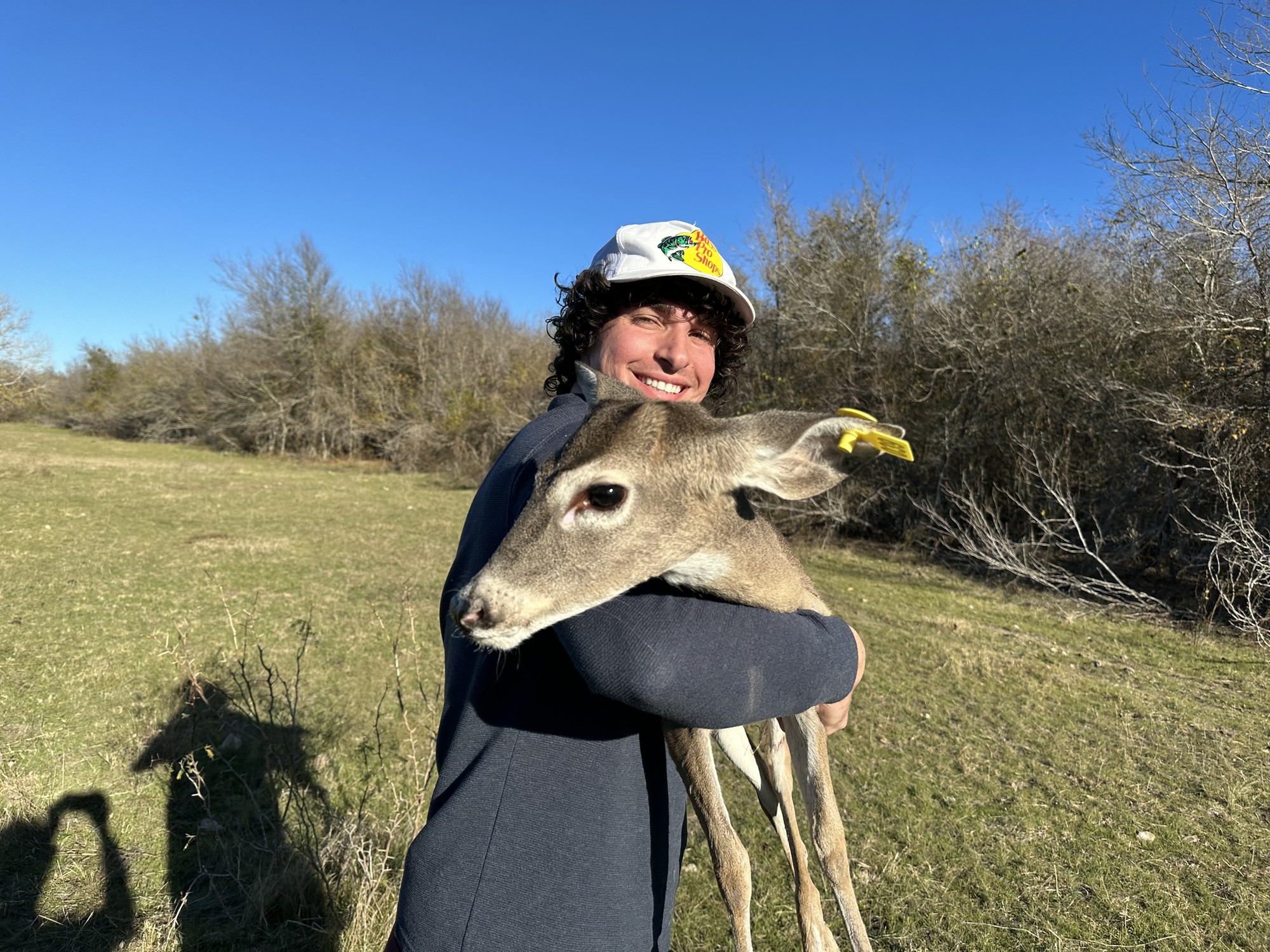How Burlington Wildlife Rescue is Making a Difference in Our Environment
How Burlington Wildlife Rescue is Making a Difference in Our Environment
Blog Article
The Function of Humane Wild Animals Removal in Protecting Citizen Ecosystems
Humane wildlife removal is not just an honest factor to consider however a pivotal component in protecting local communities. By focusing on non-lethal approaches, it resolves the fragile balance in between human expansion and wild animals environment preservation.
Comprehending Human-Wildlife Conflicts
Human-wildlife problems typically occur when the all-natural environments of animals intersect with human tasks, resulting in competitors for resources and room. As urbanization and agricultural growth remain to elbow in upon wildlife territories, animals such as raccoons, prairie wolves, and deer find themselves in closer distance to human populations. This closeness can cause damaging effect on both wild animals and humans, as pets may trigger damage to crops, framework, and personal effects while human beings may inadvertently hurt wild animals with habitat devastation and other anthropogenic stress.
The complexity of these problems comes from an array of factors. Changes in land usage, environment adjustment, and the fragmentation of environments usually require wildlife to adapt to brand-new environments, sometimes leading them into property or business areas. Additionally, the availability of human-generated food sources, such as garbage and animal food, can draw in wildlife to human settlements, exacerbating interactions and potential problems.
Attending to human-wildlife problems requires a nuanced understanding of animal habits, environmental characteristics, and socio-economic considerations. By studying these communications, policymakers and conservationists can create strategies that intend to reduce disputes while protecting biodiversity and preserving eco-friendly equilibrium. The goal is to promote conjunction and lessen negative influence on both human communities and wildlife populations.
Value of Non-Lethal Techniques
Minimizing human-wildlife problems demands strategies that focus on the health of both humans and animals. Non-lethal methods of wildlife removal embody this ethos by giving remedies that avoid harm to wildlife while dealing with human concerns. These techniques consist of exclusion techniques, environment adjustment, and making use of deterrents to dissuade wildlife from going into human atmospheres (wildlife rescue burlington). By utilizing such techniques, we can take care of wild animals interactions without resorting to dangerous procedures, thereby maintaining animal populaces and decreasing ethical concerns connected with killing.
These approaches usually prove more effective in the long term, as eliminating private animals can develop a space that is swiftly filled up by various other members of the species or various varieties completely. This can lead to a cycle of continuous elimination initiatives, whereas non-lethal deterrents deal with the root creates of wild animals presence.
In addition, non-lethal techniques foster conjunction by informing the public concerning wild animals behavior and encouraging harmonious living methods. This understanding can lead to a lot more lasting human-wildlife interactions, inevitably protecting both area passions and pet welfare.
Advantages for Biodiversity
When non-lethal wildlife elimination approaches are employed, they contribute substantially to biodiversity conservation. By guaranteeing the risk-free moving of pets rather than their removal, these approaches keep eco-friendly equilibrium and protect the stability of environments.

Furthermore, these methods promote coexistence in between human beings and wildlife, decreasing negative communications and maintaining the abundant tapestry of life that identifies biodiverse regions. This strategy encourages a much deeper understanding and regard for wild animals, fostering area assistance for preservation initiatives. Eventually, humane wild animals removal is a vital element in safeguarding biodiversity, ensuring ecological communities remain practical and dynamic for future generations.
Approaches for Effective Removal
Executing effective methods for humane wildlife removal requires a detailed understanding of animal habits and environment demands. This knowledge works as the structure for developing techniques that make certain the moral and safe moving of wild animals. One primary method entails performing comprehensive analyses of the damaged area to identify the varieties present and the details challenges they position. This evaluation assists in designing tailored approaches that reduce visit anxiety and damage to the pets.
Another important method is using exemption strategies, which concentrate on sealing entrance points to avoid animals from returning to frameworks. This technique not just attends to the instant problem however also functions as a long-lasting remedy, decreasing future problems in between people and wildlife. The usage of safe deterrents and repellents can motivate pets to abandon locations willingly, complementing various other removal efforts.
Capture and relocation should constantly be a last hope, employed only when pets position a straight danger or are incapable to exit on their very own. In such cases, making use of humane traps and making sure the release of pets in suitable environments are vital to guarding their welfare. Cooperation with wildlife specialists and adherence to lawful regulations additionally enhance the performance of these approaches.

Promoting Conjunction in Urban Locations
Promoting coexistence in urban locations calls for a complex strategy that stabilizes human growth with the needs of regional wildlife. Urban coordinators and policymakers must incorporate environment-friendly rooms, such as parks and wild animals passages, into city designs to offer habitats for indigenous types. animal control Burlington.
Education and understanding campaigns are important in fostering a society of conjunction. Locals require to understand the relevance of wild animals and the role they play in neighborhood ecological communities. Workshops and educational sessions can furnish areas with knowledge on just how to decrease disputes, such as protecting trash and making use of humane deterrents to avoid wild animals intrusion.
Moreover, modern technology can play a considerable role in advertising coexistence. The use of wildlife tracking systems, for example, can assist track animal activities and notify city planning choices. Collaborations in between environmental companies, local federal governments, and community teams can even more reinforce these efforts, making certain that urban growth proceeds sustainably while respecting the environmental equilibrium.
Conclusion
Humane wild animals elimination is crucial for maintaining eco-friendly balance and biodiversity by utilizing non-lethal approaches that decrease damage to pet populations. Recognizing human-wildlife conflicts and executing approaches such as exemption techniques and habitat adjustment can properly manage these experiences. Such methods sustain the preservation of indigenous types and their environments, enhancing community interaction and recognition. Inevitably, promoting coexistence in metropolitan locations fosters you can try here a harmonious relationship between people and the native environment, making sure lasting ecosystems for future generations.
As urbanization and farming development proceed to intrude upon wild animals regions, pets such as raccoons, coyotes, and deer discover themselves in closer distance to human populations. Non-lethal methods of wildlife elimination article source symbolize this values by offering solutions that prevent injury to wild animals while attending to human issues. By employing such methods, we can take care of wild animals interactions without resorting to lethal measures, thus maintaining animal populaces and minimizing ethical problems connected with murder.
Applying effective approaches for gentle wildlife elimination needs an extensive understanding of pet actions and environment needs.Humane wild animals removal is essential for preserving eco-friendly equilibrium and biodiversity by employing non-lethal methods that decrease damage to pet populations.
Report this page